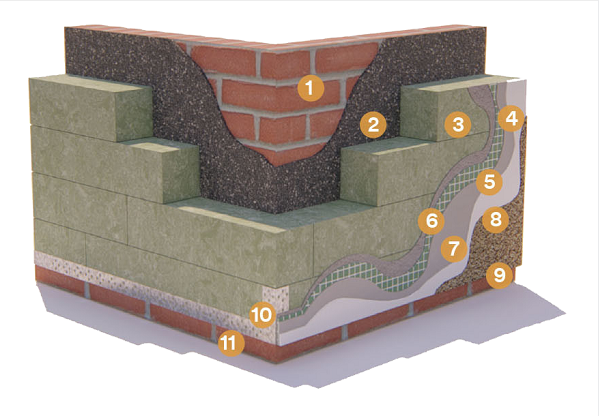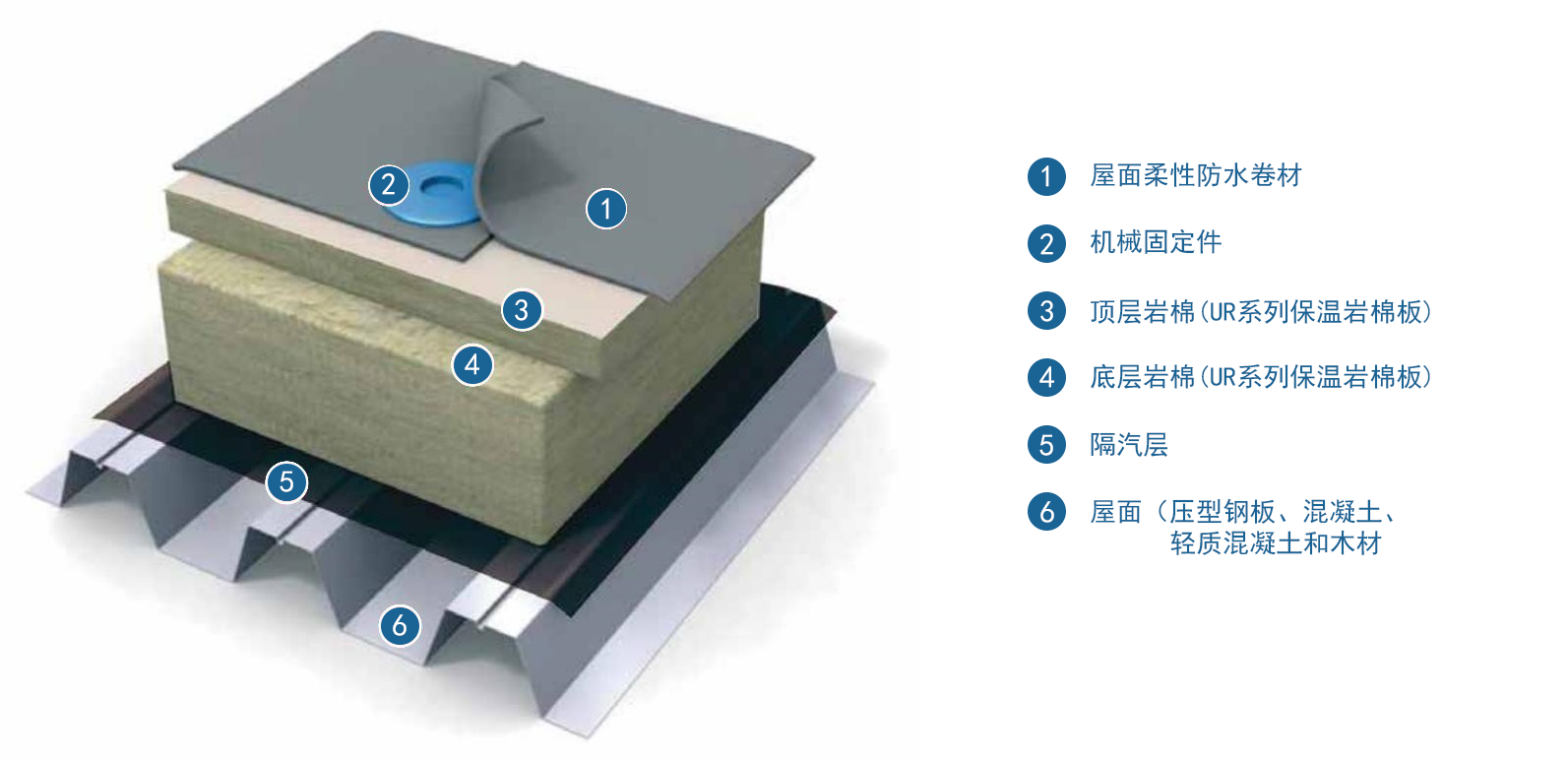

SEARCH
(1) The first is the external insulation of the external wall. This technology is to install the insulation layer on the external surface of the external wall, which is composed of insulation layer, protective layer and fixed material.
Advantages are: high thermal performance, good thermal insulation effect, low comprehensive investment. It is not only suitable for new projects, but also for the reconstruction of old buildings. The insulation layer is wrapped on the outside of the main structure, which can protect the main structure and prolong the life of the building. Basically eliminate the influence of hot (cold) bridge, at the same time eliminate condensation and mildew phenomenon, improve the comfort of living.
Disadvantages are: because the insulation layer is on the outside of the wall, the environment is harsh, the requirements of the insulation system materials are more strict; Materials are required to be compatible with each other; Higher requirements for weather resistance and durability of thermal insulation system; Construction difficulty is big, want to have quality better construction team and technical support.

(2) The second is the external wall internal insulation, this technology is in the external wall structure of the internal insulation layer.
The advantage is: as a result of insulation layer is inside, in summer evening wall inside surface temperature drops along with air temperature and drop rapidly, reduce sultry feeling. Durability is better than external insulation, greatly increasing the service life. Conducive to safety and fire prevention, convenient construction, small impact by wind, rainy days. The construction is simple, the cost is relatively low, and the construction technology and inspection standards are relatively perfect.
Disadvantages are: it is difficult to avoid hot (cold) bridge, so that the thermal insulation performance is reduced, in the hot bridge part of the external wall of the inner surface is easy to produce dew, moisture and even mildew phenomenon. Insulation layer in indoor, not only occupy indoor space, the use area has been reduced, and the user secondary decoration or additional hanging facilities will cause damage to the insulation layer, not easy to repair. It is not conducive to the protection of building envelope. Cracks in insulation layer and wall have become a common phenomenon, and cracks in internal thermal insulation are always in the view of residents, which have a long-term impact on the aesthetic and psychological attention of residents and become the focus of complaints.
(3) Finally, sandwich insulation
This technology is to place the insulation material between the inner and outer wall pieces of the same outer wall. Both the inner and outer wall pieces can use the traditional clay brick, concrete hollow block, etc.

Advantages are: waterproof, weather resistance and other good performance, the formation of effective protection of the inner wall and insulation materials. The material selection of thermal insulation materials is not high, polystyrene, glass wool, rock wool and other materials can be used. The requirements of the construction season and construction conditions are not high, which does not affect the winter construction.
Disadvantages: due to the influence of thermal bridge, the insulation performance of the wall is weakened. The beams and columns combined with steel bars and walls are still thermal Bridges; The outer wall sandwich insulation wall is thicker, reducing the effective use area. Poor seismic performance. Because the insulation layer is between two load-bearing rigid walls; Prefabricated plate joints are prone to leakage; External wall sandwich insulation is easy to damage the wall structure because the temperature at both ends of the structure fluctuates greatly.